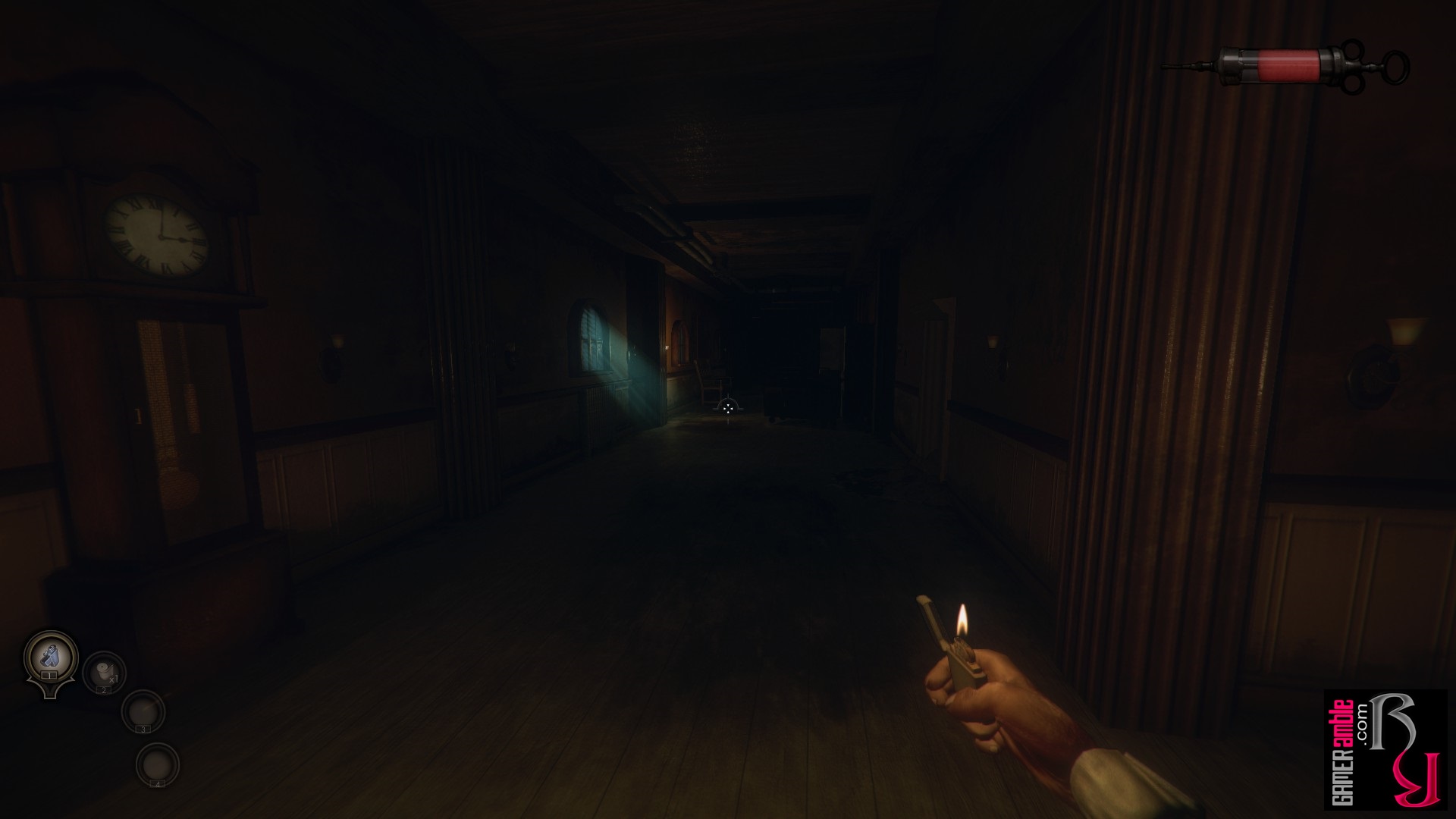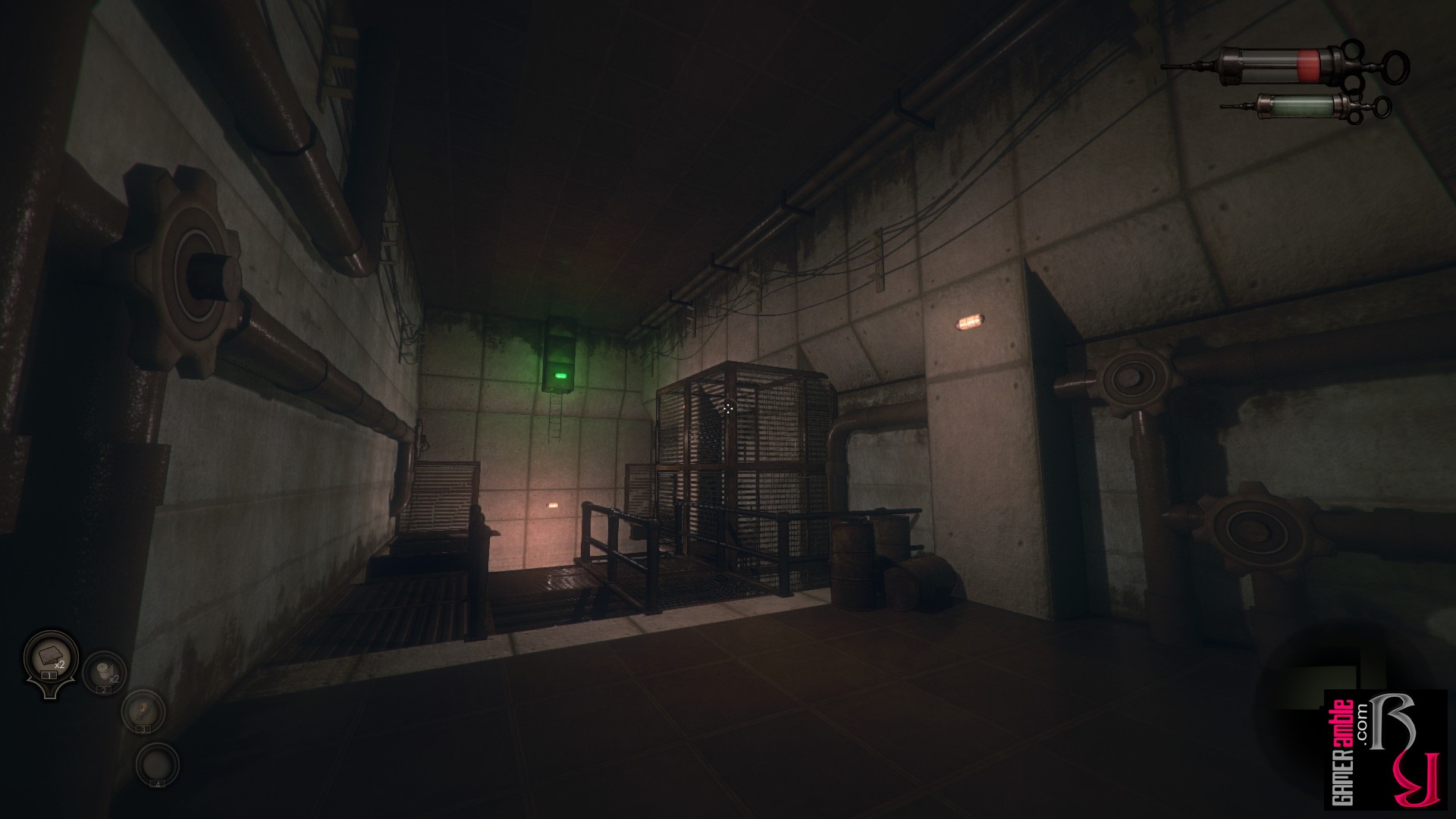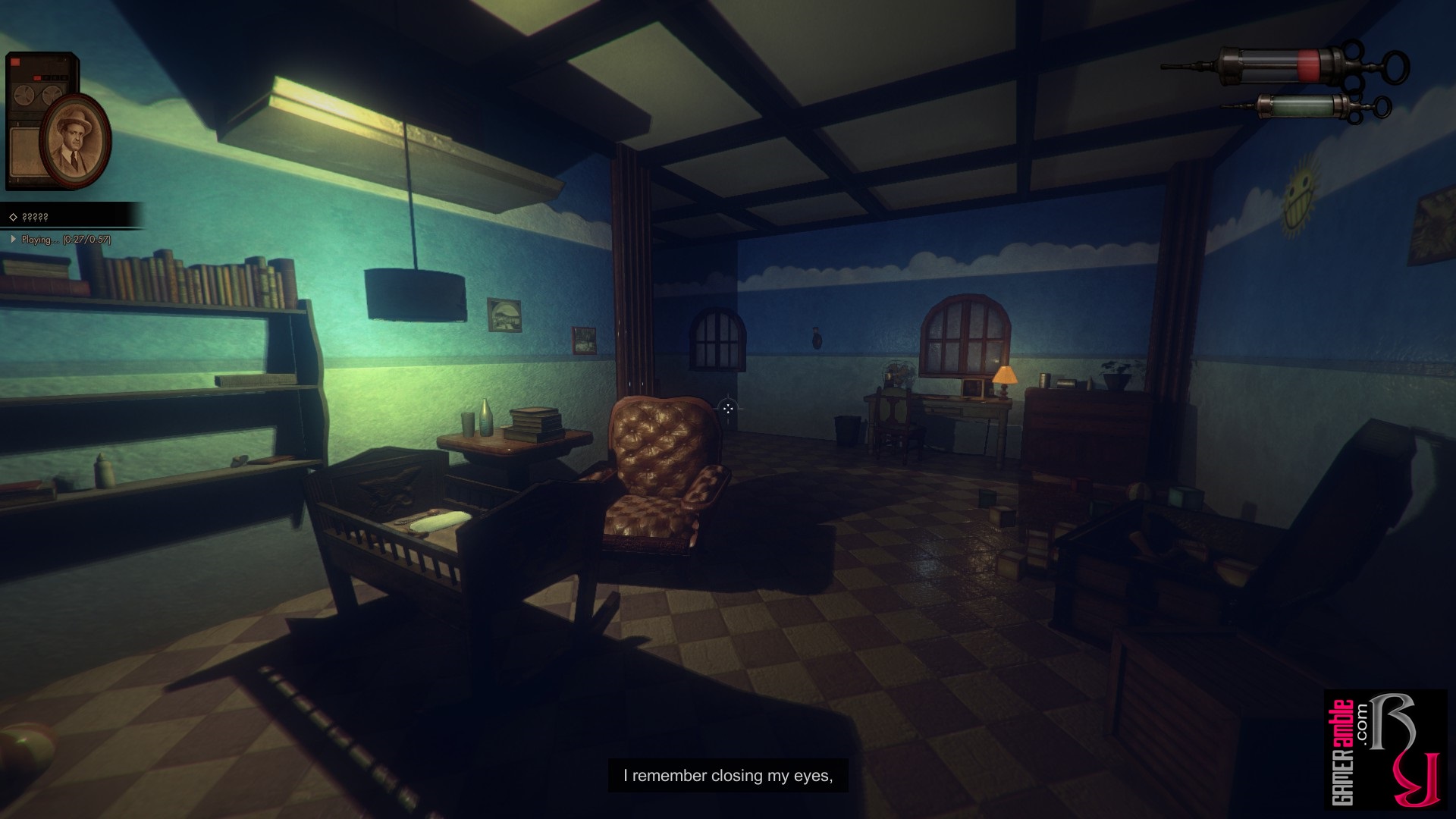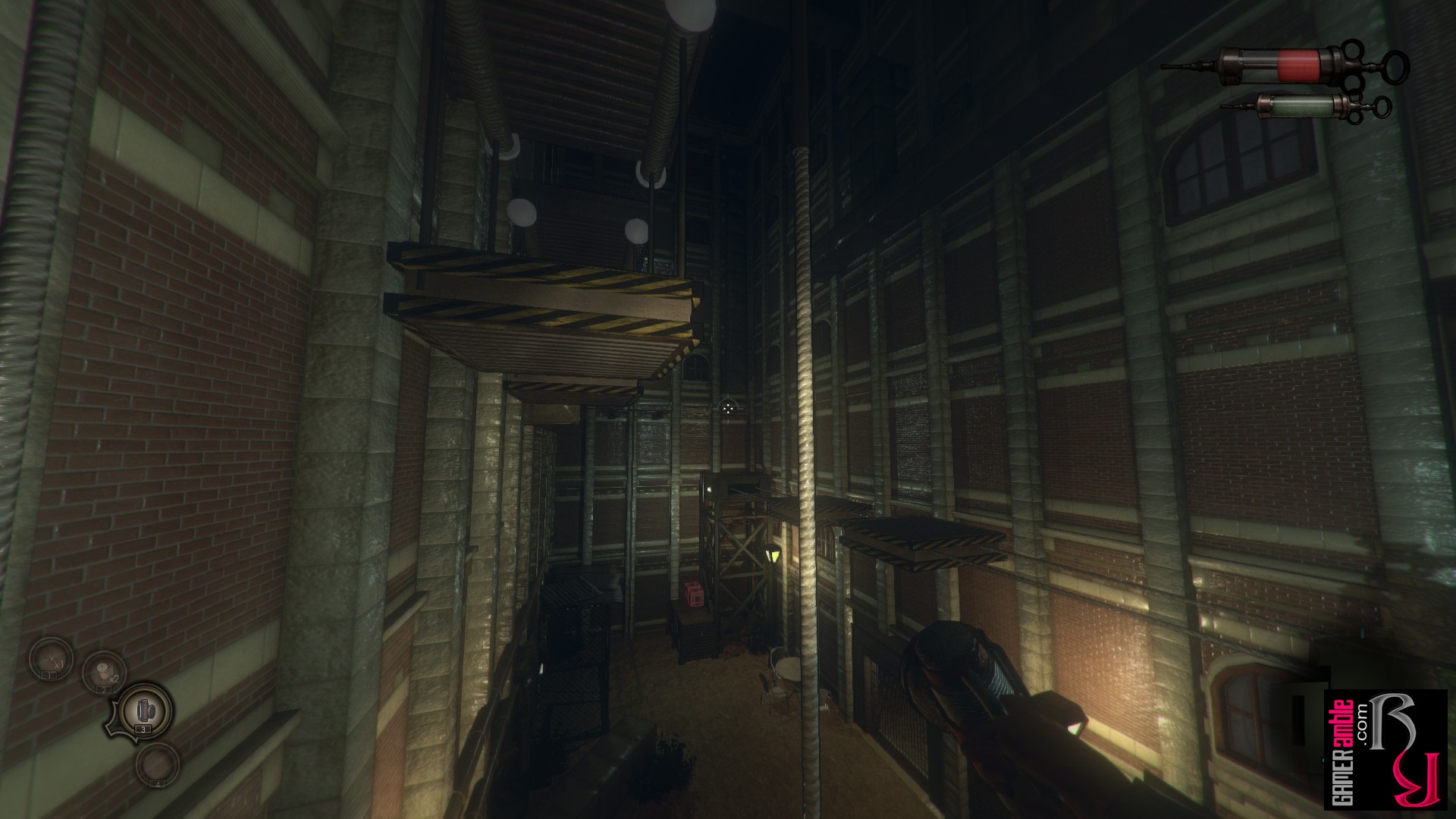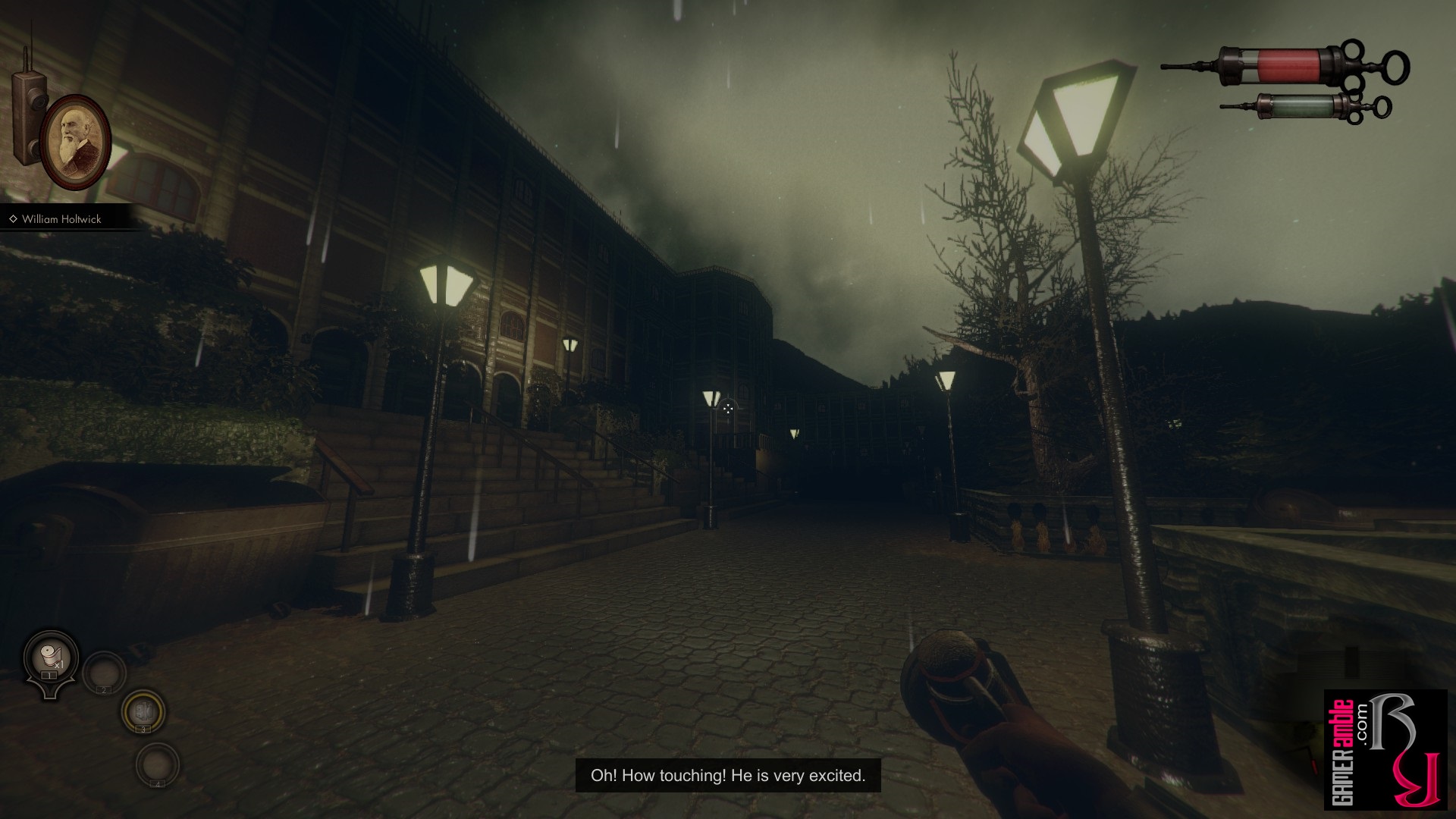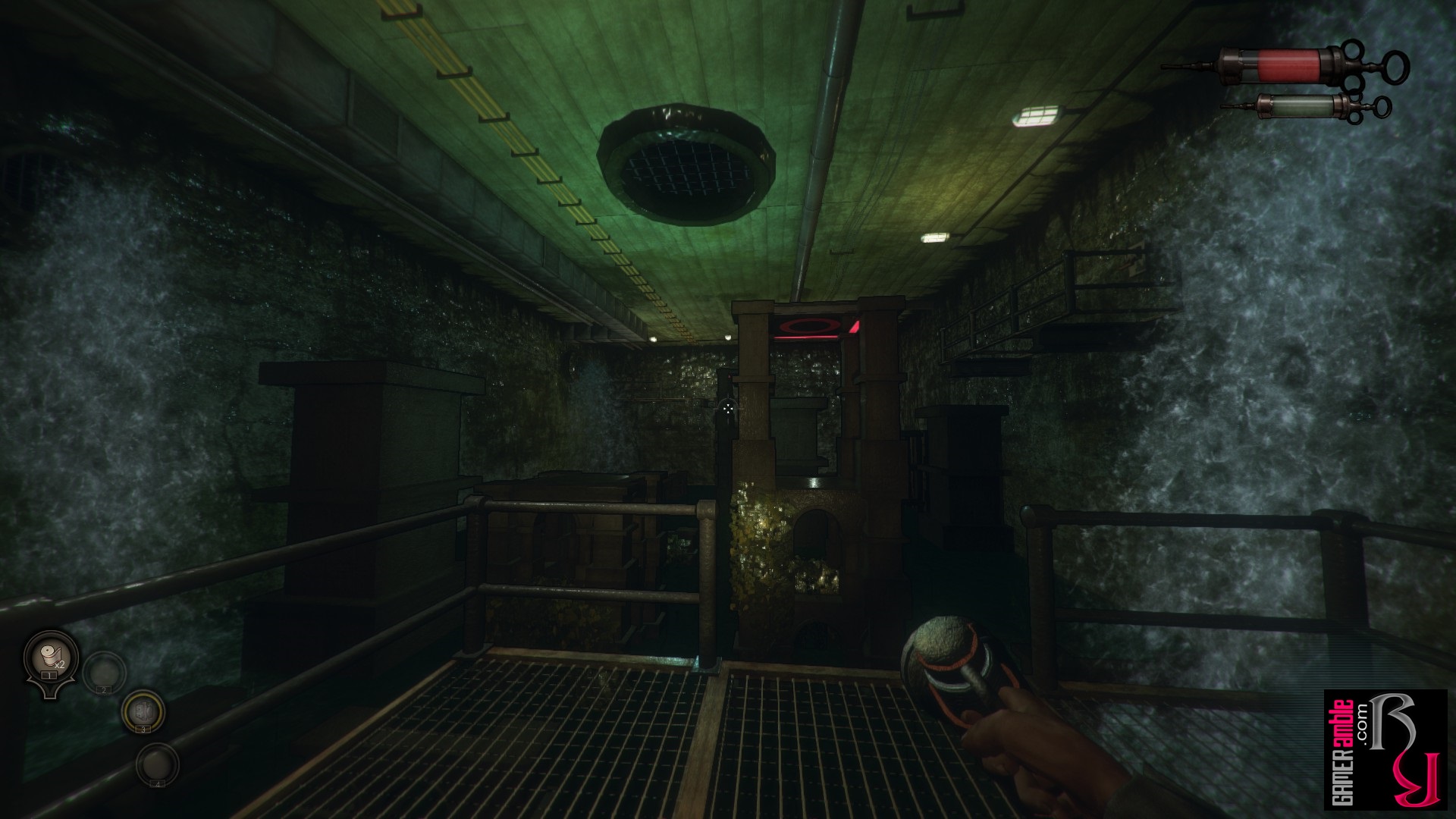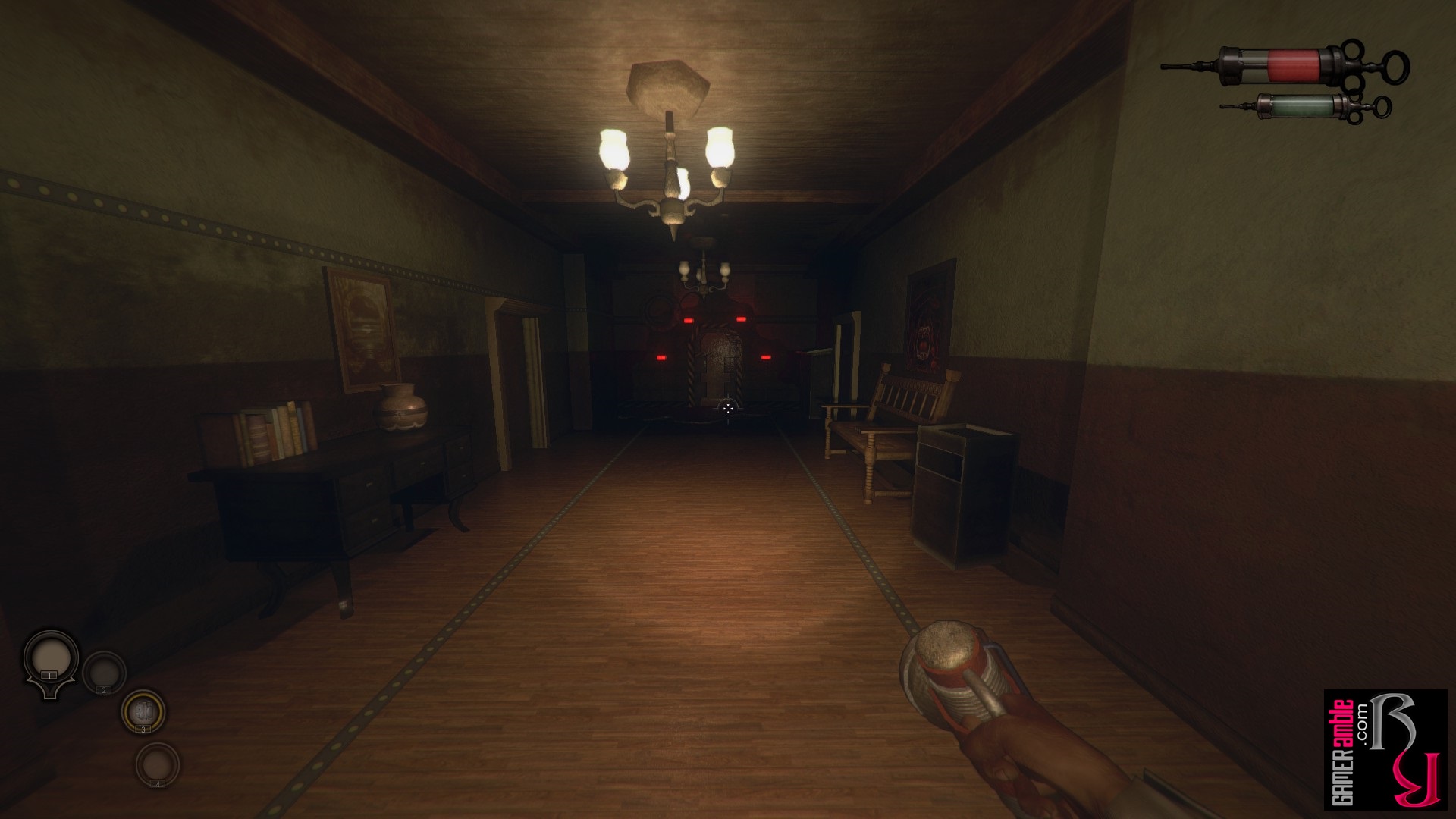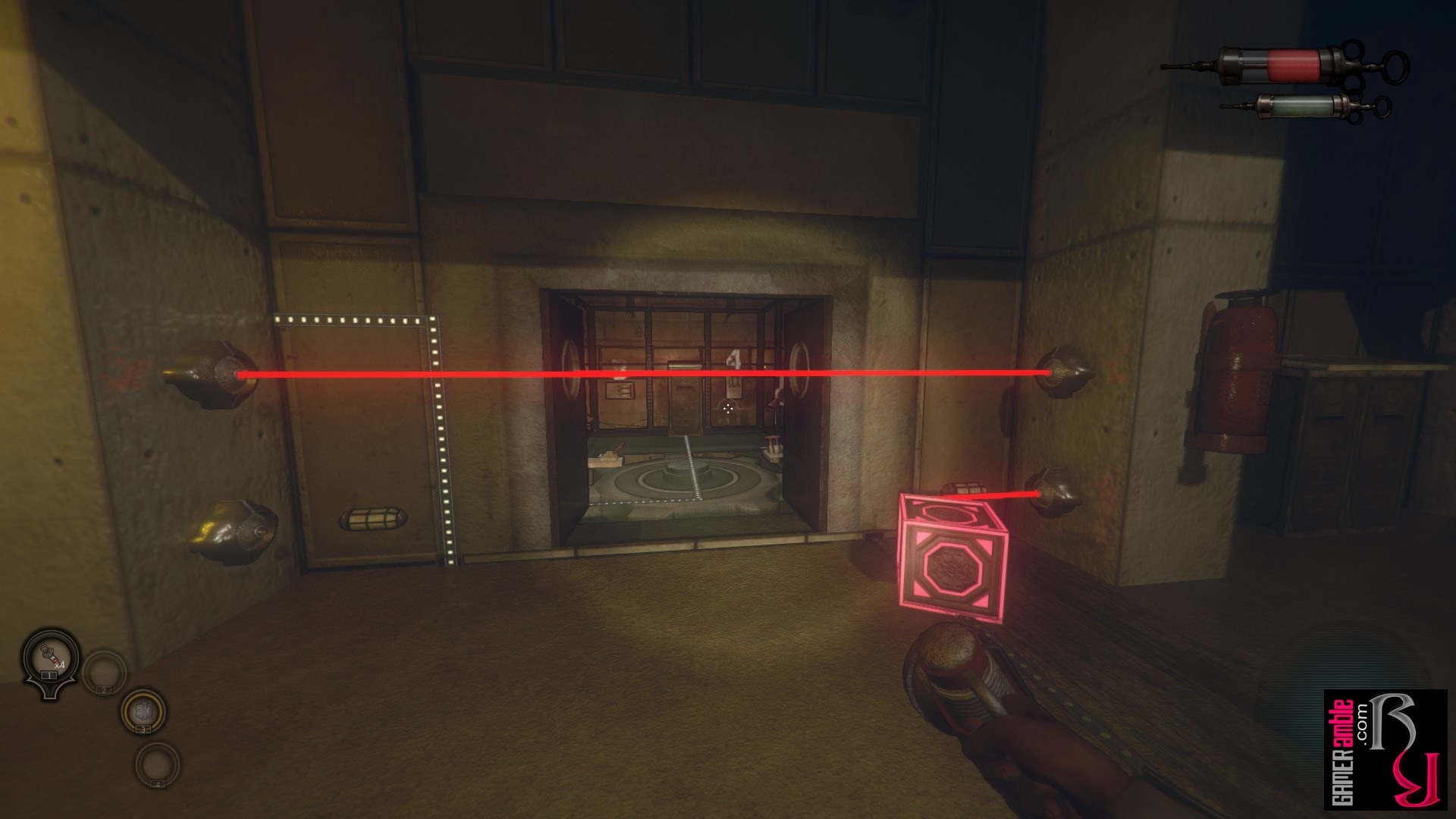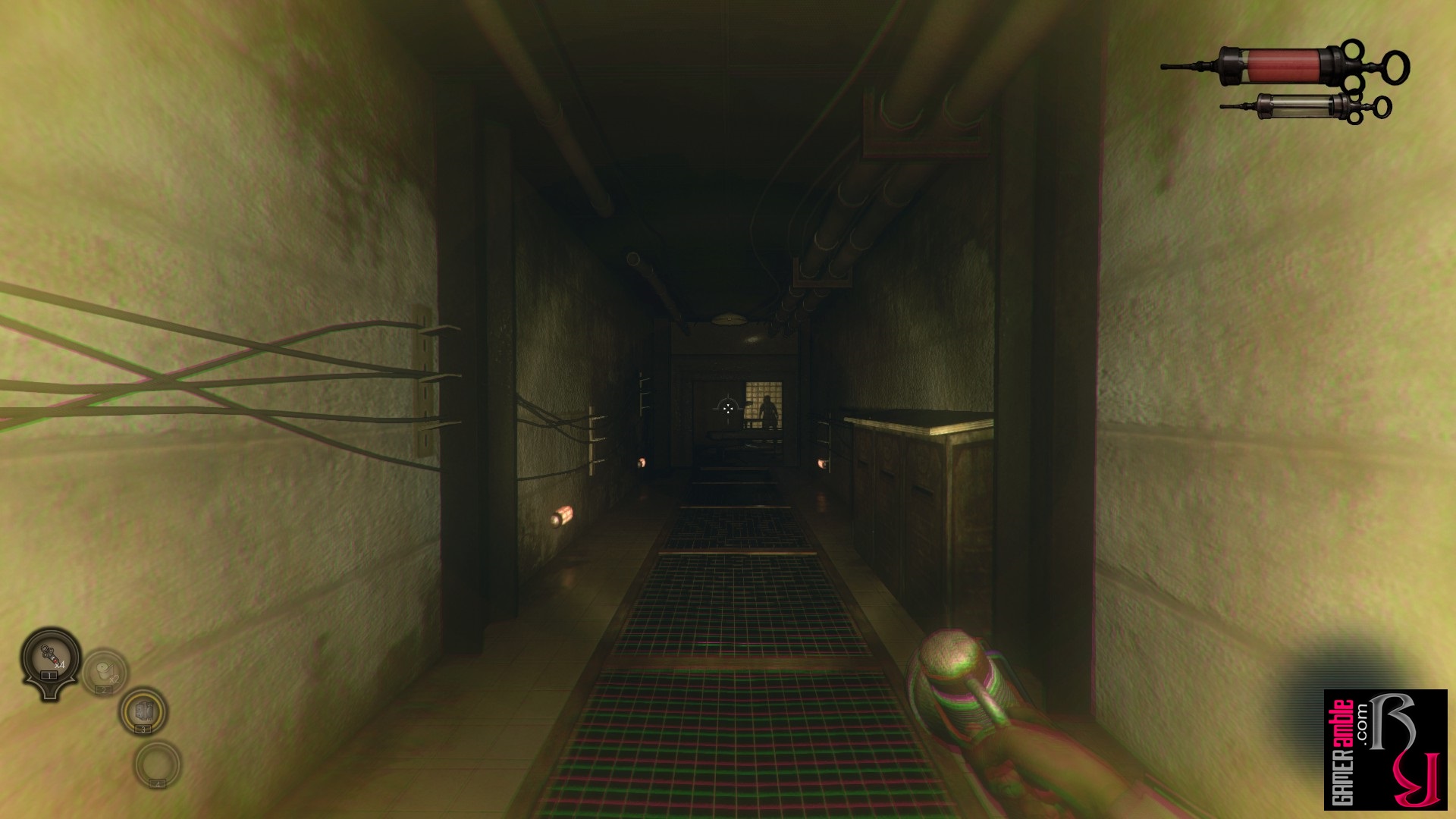The Crow’s Eye
Developer: 3D2 Entertainment | Publisher: Nkidu Games Inc. | Release Date: 2017 | Genre: Adventure / Indie | Website: Official Website | Purchase: Steam
When four students of the Medical University of Crowswood disappear under mysterious circumstances, the authorities are called in to investigate. Unfortunately, instead of answers, more people go missing, including policemen and faculty members. The university was promptly shut down, and the case was considered closed. This takes place in 1947, but nearly twenty years later, a young man wakes up in the abandoned university only to find that he is now an unwilling participant in some twisted experiment. Although seemingly derelict, the university actually hides plenty of dark secrets, many of which you will uncover as you attempt to guide your unnamed character to freedom. However, escape is anything but easy, with a mad scientist pulling the strings behind the curtains and an entire university full of puzzles and obstacles to navigate.
The Crow’s Eye is the debut title from a small indie team, and they certainly aimed big. While it appears to be yet another creepy horror title at first glance, once you settle into The Crow’s Eye, you’ll find its focus is exploration and puzzle-solving. Things certainly start creepy enough, and the abandoned university makes for a rather moody backdrop. However, apart from one or two jump-scares, most of your time is spent navigating tricky obstacles and solving the puzzles that lead you deeper into the bowels of the university. There are no creatures to battle, no monsters to hide from, and no weapons to hoard. What this means is that you can get on with the job of finding out who you are, why you are being toyed with by an obviously mad scientist, and what you need to do to get the hell out of dodge.
The Crow’s Eye is viewed from a first-person perspective, and once you get over the initial anticipation of it being a horror title, the real influences become much more apparent. The game draws some inspiration from the Bioshock series for its visual design, while the Portal titles impacted the gameplay. The game runs on the Unity 5 engine, so while the overall design is quite good, the visuals aren’t quite up there with the big titles. Of course, this is not the work of a huge studio but a small indie team, so they did a pretty good job considering their limited resources. While the game will not dazzle anyone expecting flawless graphics, it provides a variety of interesting environments and a compelling setting.
The Bioshock influences are most evident in the audio recordings that can be found scattered throughout the university. Listening to these will enable you to begin piecing together the story’s fragments and the people who play a significant role in it. Despite its state of disrepair, the university still has a working PA system, which is regularly abused by your nemesis to taunt you about your predicament. We would have preferred him to sound a little less like a comic book villain, but overall, the voice-acting standard in the game is rather good.
The lead character remains utterly silent throughout, making all the PA announcements and radio conversations a little one-sided, but the game doesn’t skimp on the story. In fact, you’ll find numerous notes and letters as well that all shed more light on what really occurred within the halls of the facility. The sound effects are sparse but well done, while the soundtrack is varied and very good. The soundtrack is actually available as a separate DLC purchase on Steam, and with 33 tracks, it makes for some nice listening outside the game.
Initially, you make your way through dark environments with nothing more than a flickering lighter to provide some illumination, but once you construct an electromagnetic device, everything changes. It doubles as a flashlight and grants you abilities that would feel right at him in a Portal game. We don’t want to ruin any surprises, but with this device, it becomes more thrilling to navigate certain platform sections. Speaking of platforming, if you are not a fan of precision jumping in first person, then this game will not win you over. While there might not be any enemies that can really harm you, slipping off a platform and tumbling into the darkness below can be fatal. This would explain why your character has a health bar, but the good news is that falling doesn’t necessarily mean you have to reload. Instead, you’ll lose some health and be deposited on the nearest bit of solid footing you touched before you had your spill. It’s back to the last save spot if you run out of health, though. You’ll probably want to avoid this because you can’t save at any time but have to use dedicated spots spread around relatively sparsely.
Platforming jumping in first person does have its challenges, especially as you cannot see your feet in this game, but the odds aren’t completely stacked against you. In addition to your gravity-defying gadget, you also have a crosshair to help you aim. You’ll soon also gain access to a recharging “adrenaline meter” that slows down time and increases your jumping distances when activated. These help ease the pain a little, but unless you are really good, there are a few sections you’ll have to repeat if you are not careful. The game also features quite a bit of backtracking, but this at least allows you to find all the letters, notes, and audio recordings. You’ll also want to keep an eye out for the crafting materials as well. These consist primarily of tape, cloth, ink, nails, and other items used to craft bandages, maps, and lockpicks. Strangely enough, the bandages are somewhat redundant as the only way to take any damage is from falling into voids. We are not exactly experts at first-person platforming, but we managed to complete the game with tons of bandages to spare. Likewise, you need to gather three items to create one lockpick, but the lockpick mini-game is only used three times in the entire adventure.
Overall, The Crow’s Eye is quite an enjoyable and impressive game, considering it is a debut release from a small indie team. We can’t deny, however, that the creepy setting sometimes feels very at odds with the puzzle-based gameplay. Everything makes sense eventually, but horror fans will probably end up disappointed by the lack of scares, while puzzle fans might be scared off by the seemingly creepy environments. The fact that first-person platforming features so heavily in the game might also deter some players from trying it out. This would be a pity, though, as while the game might not be perfect, it is quite captivating and kept drawing us in deeper and deeper. Unless you absolutely cannot stand jumping around in first person, we recommend giving The Crow’s Eye a shot. Just be sure to stick with it, as you won’t experience everything it has to offer if you judge it too soon.
System Requirements
- OS: Windows 7 or Higher (32-bit or higher)
- Processor: Intel Core i3 or equivalent
- Memory: 4 GB RAM
- Graphics: NVIDIA GeForce GTX 460 or equivalent
- DirectX: Version 9.0
- Storage: 3 GB available space
- OS: Windows 7 or Higher (32-bit or higher)
- Processor: Intel Core i5 or better
- Memory: 6 GB RAM
- Graphics: NVIDIA GeForce GTX 750 or better
- DirectX: Version 9.0
- Storage: 3 GB available space


